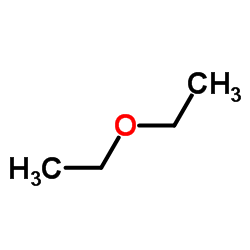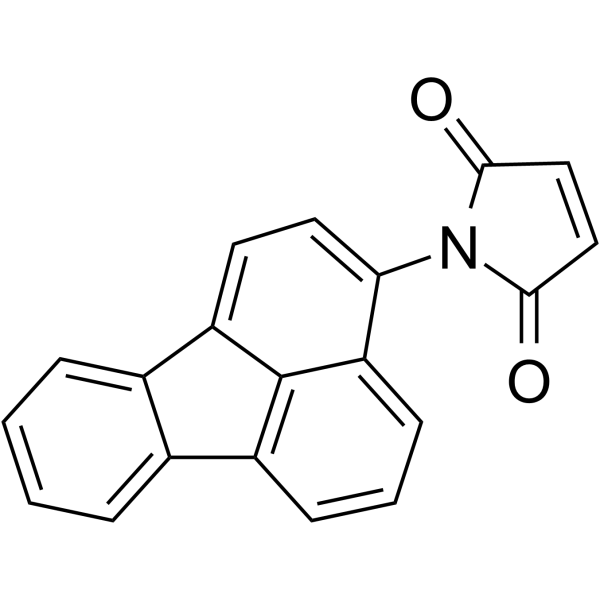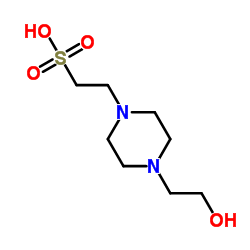| Structure | Name/CAS No. | Articles |
|---|---|---|
 |
Diethyl ether
CAS:60-29-7 |
|
 |
5-carboxyfluorescein
CAS:76823-03-5 |
|
 |
Hydrochloric acid
CAS:7647-01-0 |
|
 |
1,1,1-trifluoro-5,5-dimethyl-2,4-hexanedione
CAS:22767-90-4 |
|
 |
N-(3-Fluoranthyl)maleimide
CAS:60354-76-9 |
|
 |
HEPES
CAS:7365-45-9 |